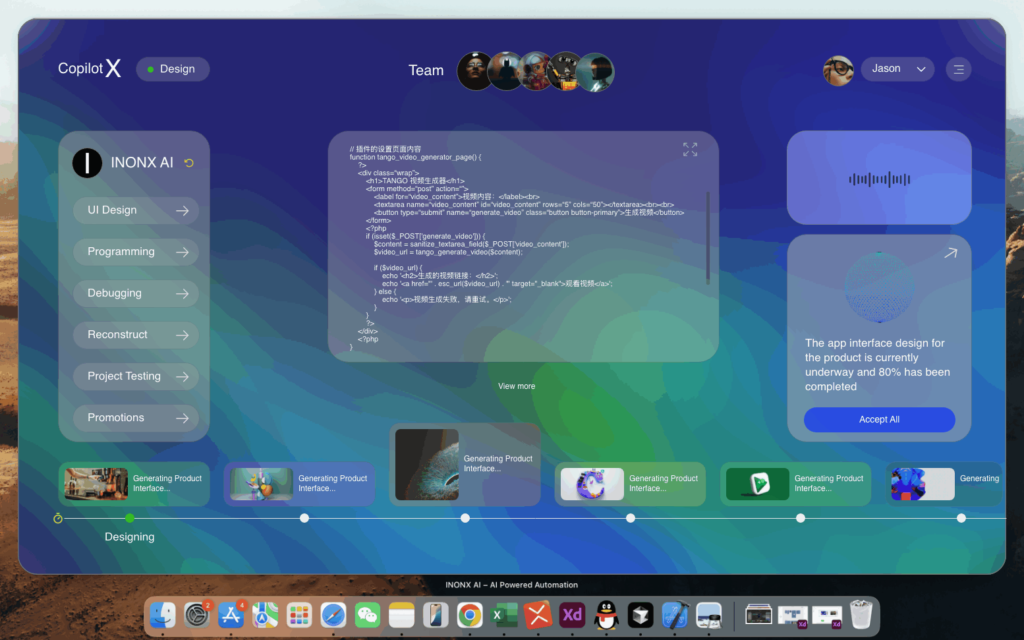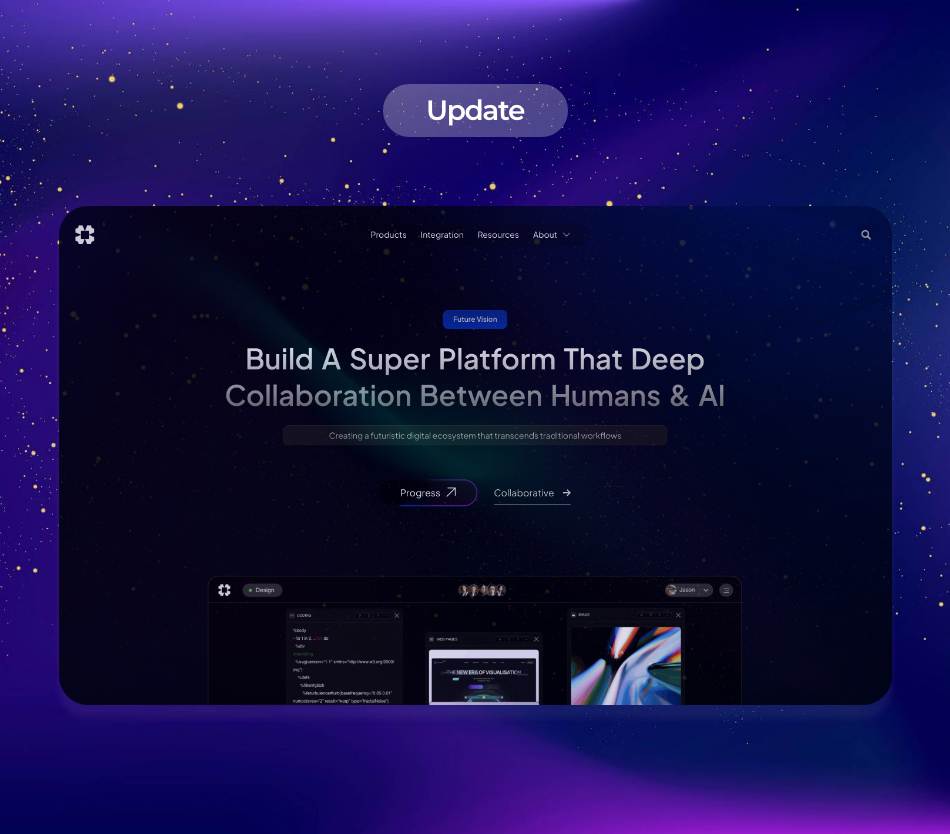In an era where data is generated at lightning speed, organizations face the overwhelming challenge of deciphering and utilizing this information effectively. With the advancements in artificial intelligence (AI), particularly in the realm of data analytics, companies are now empowered to make data-driven decisions with unprecedented speed and accuracy. In this article, we will explore the current trends, solutions, industry applications, technical insights, and use cases of AI in data analytics, specifically focusing on how GPT-3 enhances data-driven decision-making.
.
### The AI Revolution in Data Analytics
The digital age has birthed an exponential increase in data production. According to a report by IDC, the global data sphere is expected to reach 175 zettabytes by 2025. This staggering amount of data presents not only challenges but also opportunities for businesses. AI in data analytics provides a powerful toolset for organizations looking to harness these vast data pools effectively.
.
AI leverages machine learning algorithms, natural language processing, and predictive analytics to interpret and learn from data patterns. Organizations can deploy AI solutions that extract insights from unstructured data like social media posts, customer feedback, and transactional data, enabling a comprehensive understanding of market trends and consumer behaviors.
.
### AI for Data-Driven Decisions
AI is not just about crunching numbers; it fundamentally reshapes how businesses make decisions. Traditionally, data analysis required manual intervention, which was both time-consuming and prone to human error. However, with AI-driven analytics, organizations can automate these processes, resulting in superior accuracy and reduced time-to-insight.
.
Data-driven decision-making transforms organizational structures. When AI systems analyze data, they provide recommendations based on empirical evidence rather than intuition or experience alone. This shift allows businesses to mitigate risks, optimize operations, and identify new revenue streams. For example, retail companies can analyze consumer purchasing patterns to forecast demand, leading to tailored inventory management and enhanced customer satisfaction.
.
### The Role of GPT-3 in Enhancing Data Analytics
OpenAI’s GPT-3 has emerged as a game-changer in the realm of natural language processing. With its ability to generate human-like text, GPT-3 can interpret data, produce reports, and even interact with decision-makers. This enhancement provides businesses with a more intuitive interface for data analytics.
.
For instance, analysts can use GPT-3 to summarize complex datasets, extracting key insights and presenting them in an understandable format. Whether it’s generating concise briefs or detailed analyses, GPT-3 simplifies communication within organizations. Additionally, its compatibility with chatbots enables companies to facilitate real-time data inquiries, allowing employees to ask questions and receive tailored insights instantaneously.
.
### Current Trends in AI Analytics
As AI in data analytics continues to evolve, several key trends are shaping its future:
**1. Automated Data Management:** Companies are increasingly adopting AI-powered tools that automate data collection, processing, and visualization. This trend significantly enhances productivity, allowing data professionals to focus on strategy rather than mundane tasks.
**2. Predictive Analytics:** AI algorithms can analyze historical data to predict future outcomes. For example, in the finance industry, predictive models can help identify potential loan defaults or market fluctuations, enabling timely interventions.
**3. Real-time Analytics:** Businesses are shifting towards real-time data analytics, allowing immediate responses to market changes. AI plays a vital role in processing and analyzing real-time data streams, ensuring that organizations can act dynamically.
**4. Enhanced Personalization:** AI-driven analytics are being employed to create personalized experiences for customers in sectors like e-commerce and gaming. By analyzing user behavior and preferences, companies can deliver tailored content and recommendations.
.
### Industry Applications of AI in Data Analytics
AI’s integration into data analytics is proving beneficial across various industries, from healthcare to finance and beyond.
**1. Healthcare:** In healthcare, AI algorithms analyze patient data to predict diseases, personalize treatment plans, and enhance patient outcomes. Machine learning models can sift through vast datasets of medical records, revealing trends and recommendations for preventive care.
**2. Finance:** Financial institutions leverage AI to detect fraudulent transactions by monitoring customer behavior and payment patterns. AI-driven analytics facilitate risk assessment and regulatory compliance, ensuring that institutions adhere to stringent regulations while maintaining profitability.
**3. Manufacturing:** In manufacturing, AI-powered data analytics assist in monitoring production lines, identifying inefficiencies, and predicting maintenance needs. This proactive approach minimizes downtime and maximizes productivity.
**4. Marketing:** Marketers are taking advantage of AI analytics to segment audiences accurately, optimize ad spending, and analyze campaign performances. By understanding customer behaviors and preferences, businesses can deliver more effective marketing strategies.
.
### Technical Insights into AI-Powered Data Analytics
The mechanics behind AI in data analytics are sophisticated but essential for organizations striving to achieve competitive advantages. Key technical components include:
**1. Machine Learning Algorithms:** These algorithms learn from historical data, enabling predictions and insights. From regression models to neural networks, various techniques refine data analysis processes.
**2. Natural Language Processing (NLP):** NLP enables machines to understand and interpret human language. AI models like GPT-3 leverage NLP to communicate data insights in an accessible manner, bridging the gap between data scientists and stakeholders.
**3. Data Visualization:** Visualization tools powered by AI can dynamically present data in an engaging way, making it easier for decision-makers to comprehend complex datasets.
**4. Cloud Computing:** The integration of AI in data analytics is often facilitated by cloud platforms. Cloud computing allows for scalable resources, enabling businesses to handle large datasets and deploy AI models without significant infrastructure investments.
.
### Use Cases: Real-World Applications of AI in Data Analytics
To illustrate the profound impact of AI in data analytics, let’s explore some real-world use cases:
**1. Netflix:** By analyzing viewer data, Netflix can tailor recommendations based on viewing habits. The company employs AI algorithms to understand preferences, enabling personalized experiences that keep users engaged.
**2. Amazon:** Amazon’s recommendation engine uses AI to analyze customer behavior, leading to increased sales. The platform personalizes the shopping experience by suggesting products based on past purchases and browsing history.
**3. Airbnb:** AI-driven insights help Airbnb optimize pricing strategies. By analyzing trends in the rental market and consumer behavior, Airbnb can suggest the best price for hosts, maximizing bookings while ensuring affordability for guests.
**4. Spotify:** Spotify utilizes AI to analyze listening habits, creating personalized playlists and music recommendations. This approach not only enhances user experience but also improves retention rates.
.
### Conclusion: The Bright Future of AI in Data Analytics
AI is revolutionizing the landscape of data analytics, transforming how organizations approach decision-making and harnessing the potential of data. With tools like GPT-3 leading the charge, businesses now have the capability to analyze vast amounts of data efficiently and effectively.
.
As AI continues to evolve, the future of data analytics will be marked by more sophisticated algorithms, improved automation, and deeper insights, enabling companies to stay ahead in an increasingly competitive marketplace. Embracing AI in data analytics is no longer a luxury; it is essential for organizations aiming to thrive in the data-driven world of tomorrow.
.
### Sources
– IDC (International Data Corporation)
– OpenAI (GPT-3)
– McKinsey & Company Reports on AI Trends
– Deloitte Insights on AI in Industry
The journey of AI in data analytics is ongoing, and its possibilities are limitless. Organizations looking to enhance their analytical capabilities must adapt to these emerging technologies to remain competitive in their respective industries.


























